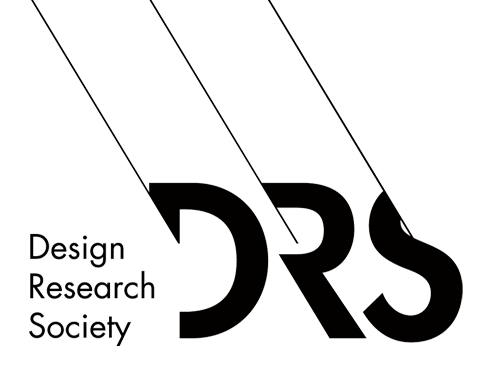Abstract
The Iranian migration context, rich with cultural and socio-political layers, presents a compelling case for generative design, where algorithmic processes and sensory elements create immersive representations. This paper explores the generative design process in visual storytelling, focusing on Iranian migration narratives as a case study. Through projects such as Synesthesia, Typographic Narratives, and CommUnity, this research translates complex qualitative data into interactive, visual experiences. This approach highlights data’s role as experiential knowledge, fostering a deeper public understanding of the emotional and temporal aspects of migration. By embedding culturally specific themes into generative design, this work presents data as a medium that allows audiences to actively engage with migration narratives, transforming the viewing experience into a shared empathetic journey. Synesthesia translates migrant audio narratives into evolving visuals, allowing audiences to feel the journey’s emotional highs and lows through dynamic color and motion. Typographic Narratives captures identity’s fluidity by adapting text in real-time, reflecting migration’s ongoing impact on self-perception. Finally, CommUnity leverages interaction to reveal community’s stabilizing effect, using motion sensors to transform chaotic visuals into coherent text when viewers connect. The study’s interdisciplinary approach combines data, art, and technology, emphasizing generative design’s transformative capacity to bridge cultural narratives with visual storytelling. By translating qualitative data into interactive visuals, generative design enables audiences to become active participants rather than passive observers, encouraging an empathetic connection to themes of identity, resilience, and community. This research highlights generative design’s relevance in creating inclusive, accessible cultural narratives and broadens the discourse on data-driven artistic expression. Future applications could expand this method across other socio-cultural themes, demonstrating generative design’s potential to engage audiences with culturally complex experiences and fostering empathy across diverse communities.
Keywords
generative design; Iranian migration; data visualization; visual storytelling; interactive art
DOI
http://doi.org/10.21606/eksig2025.120
Citation
Faridfar, M.(2025) Migration Narratives as Generative Data Visualization: Iranian Migration Stories, in Karyda, M., Çay, D., Bakk, Á. K., Dezső, R., Hemmings, J. (eds.), Data as Experiential Knowledge and Embodied Processes, 12-13 May, Budapest, Hungary. https://doi.org/10.21606/eksig2025.120
Creative Commons License

This work is licensed under a Creative Commons Attribution-NonCommercial 4.0 International License
Migration Narratives as Generative Data Visualization: Iranian Migration Stories
The Iranian migration context, rich with cultural and socio-political layers, presents a compelling case for generative design, where algorithmic processes and sensory elements create immersive representations. This paper explores the generative design process in visual storytelling, focusing on Iranian migration narratives as a case study. Through projects such as Synesthesia, Typographic Narratives, and CommUnity, this research translates complex qualitative data into interactive, visual experiences. This approach highlights data’s role as experiential knowledge, fostering a deeper public understanding of the emotional and temporal aspects of migration. By embedding culturally specific themes into generative design, this work presents data as a medium that allows audiences to actively engage with migration narratives, transforming the viewing experience into a shared empathetic journey. Synesthesia translates migrant audio narratives into evolving visuals, allowing audiences to feel the journey’s emotional highs and lows through dynamic color and motion. Typographic Narratives captures identity’s fluidity by adapting text in real-time, reflecting migration’s ongoing impact on self-perception. Finally, CommUnity leverages interaction to reveal community’s stabilizing effect, using motion sensors to transform chaotic visuals into coherent text when viewers connect. The study’s interdisciplinary approach combines data, art, and technology, emphasizing generative design’s transformative capacity to bridge cultural narratives with visual storytelling. By translating qualitative data into interactive visuals, generative design enables audiences to become active participants rather than passive observers, encouraging an empathetic connection to themes of identity, resilience, and community. This research highlights generative design’s relevance in creating inclusive, accessible cultural narratives and broadens the discourse on data-driven artistic expression. Future applications could expand this method across other socio-cultural themes, demonstrating generative design’s potential to engage audiences with culturally complex experiences and fostering empathy across diverse communities.

